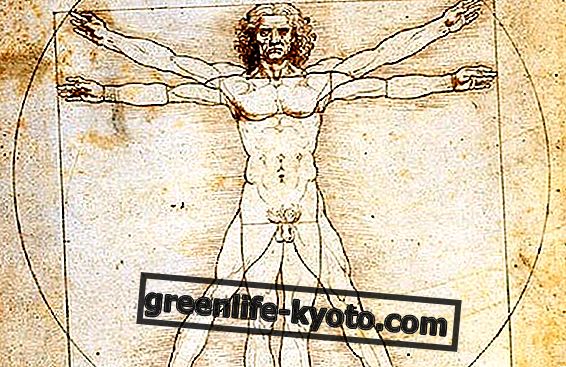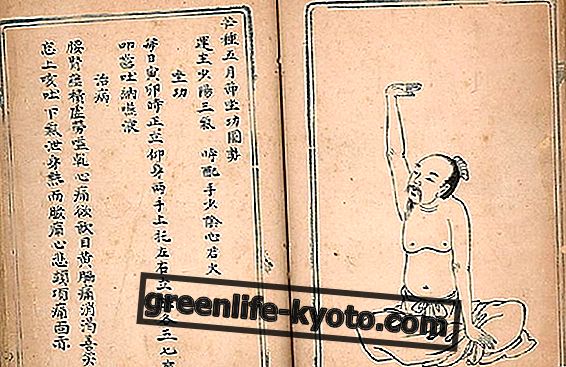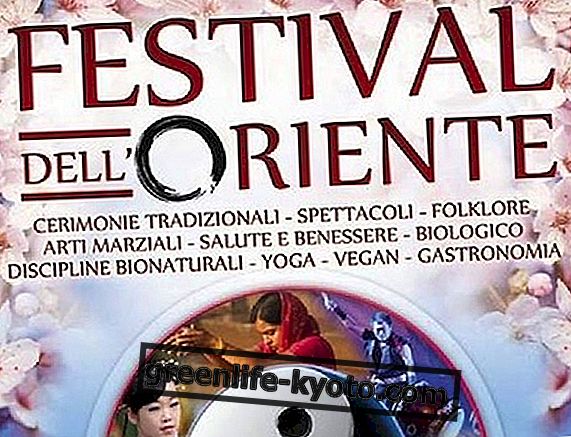
The Vastu is the oldest holistic architecture in the world that takes its foundations from uniting the design, construction and furnishing of an environment precisely to the extent of man.
The vastu is also called Indian Feng Shui or the Yoga of living . It is based on harmonizing universal energies and natural elements in the environment and in the home itself.
The term Vastu is a Sanskrit word composed of Earth and the root of Abitare. Also known as Vastu Shastra, meaning "the science of the house", in India this ancient architecture was applied for the construction of temples, palaces, fortresses, houses and other buildings.
The origins of Vastu
Vastu is an ancient knowledge that dates back to the Indian tradition . References have been found within the sacred traditional Vedic texts of Hindu culture and date back to over 4000 years ago.
Vastu studies and applies the intent to bring harmony into the living structure through the use of the laws of the cosmos with the aim of favoring the psycho-physical well-being of the people who live there.
Vastu is thus the most ancient dwelling medicine of which we have written traces.
According to Indian culture, there is no break between the microcosm of human life and the macrocosm of the planets, and therefore the union between high and low is reflected in building a house .
The Myth in the Vastu
In Vastu the aspects of incidence of the stars are evaluated , from the Sun to the various planets, in addition to the five elements of nature and the whole in relation to man.
This system of rules and principles is the basis of the Vastu architecture in India.
According to the mythology that is intrinsic in the Vastu root, it tells of a spirit of the Earth that lies with the feet to the south-west and the head to the north-east and this is the reference map for the construction of the Vastu.
According to this the image or mandala of the body of the spirit of the Earth, thus obtains the scheme to realize the harmony between the disposition of the house and the cosmic forces.
Indian cosmology is a proliferation of divinities, entities, spirits and elements that bring their influence to Earth and each deity has specific characteristics to manifest. These divinities together create cosmic harmony and are represented in the house giving each one the right position in the mandala .
To give an example in the east direction we will have the God Indra, king of the gods who is represented by the sun and who will therefore have his place in the eastern part of the house which is precisely that of the rebirth of the sun and which brings new light, new energy and clarity. of vision.
The purpose of Vastu
The intent of Vastu is to bring man closer to the divine and in the creation of the house this goal is finalized by creating a place where all the gods can dwell having each their own place according to the natural energies they represent.
The ideal home for Vastu is therefore represented by a central area from which spaces start in all directions. A model with a concentric tree where in the starting area we find the fire that was always kept lit representative of the flame of devotion and spirituality of those who live there.
The Vastu professional
In India, the client who wants to build his own home entrusts the work to the architect called sthapati, which means "the lord of the place" who deviates the knowledge of building. From that moment on, the responsibility for the conception and coordination of the works lies with the sthapati, both in the material and in the energy part, so much so that it is even responsible for the purification and harmonization rituals of the home.
This ancient art is not yet known in Italy although more and more experts from India are spreading this holistic architecture. To deepen the Vastu we will be able to read the first texts and the first internet sites that develop the topic. The schools and teachings are still little known but soon this art of building will also arrive in the West as it has already happened for Feng Shui.













